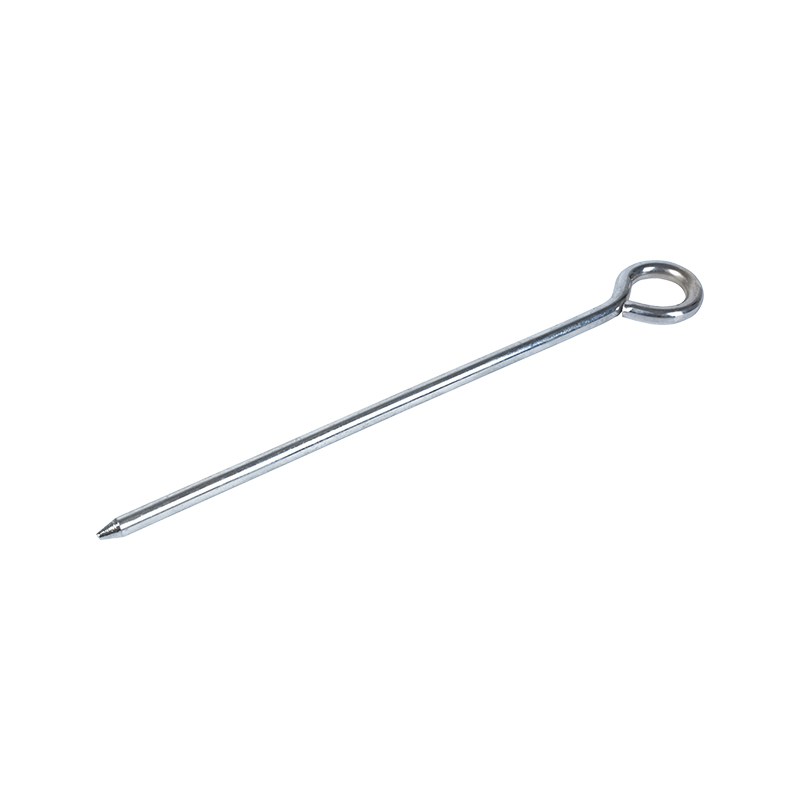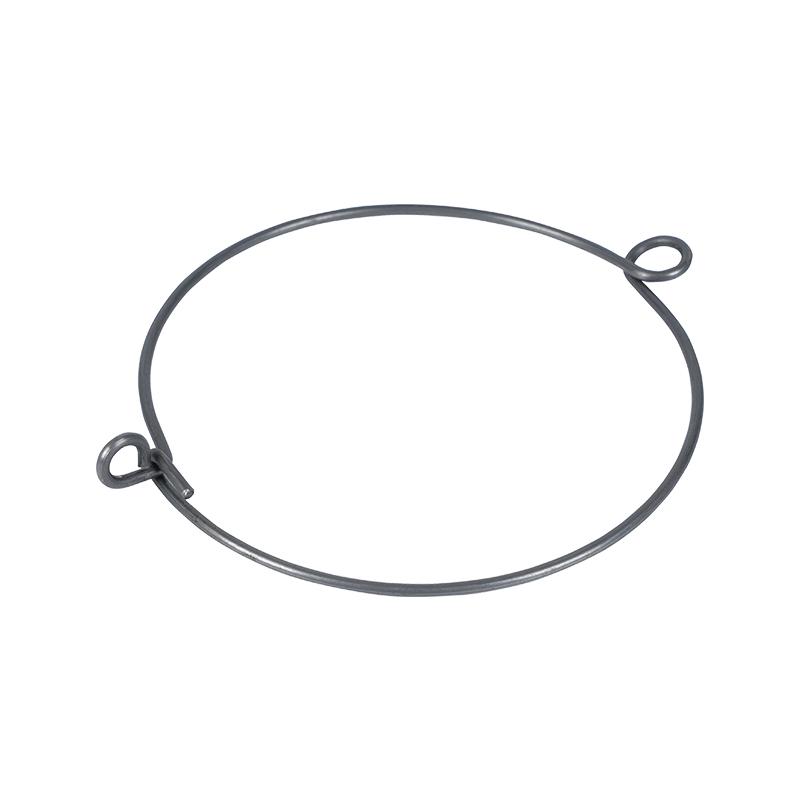Advancements in Cast Aluminum Technology: What’s New in 2025?
In 2025, the Cast Aluminum industry is experiencing a wave of innovation that is reshaping how manufacturers design, produce, and apply this versatile material across multiple sectors. Known for its strength-to-weight ratio, corrosion resistance, and thermal conductivity, Cast Aluminum remains a critical material in industries ranging from automotive and aerospace to consumer electronics and cookware. The recent advancements in casting methods, alloy composition, and finishing technologies are enhancing the performance and sustainability of Cast Aluminum, making it more relevant than ever.
One of the notable trends in 2025 is the refinement of high-pressure die casting (HPDC) techniques. This process, widely used in Cast Aluminum production, has undergone key upgrades that allow for tighter tolerances and more complex geometries. With improved mold design and automation, manufacturers can now create Cast Aluminum parts with greater precision and less post-processing, reducing both production time and material waste.
Additive manufacturing is also playing a growing role in the evolution of Cast Aluminum. Hybrid casting-printing systems allow for the integration of 3D-printed cores within traditional molds, enabling the creation of hollow or intricate components that were previously difficult to achieve. This is particularly useful in the automotive and aerospace sectors, where lightweighting is essential. As a result, Cast Aluminum components are becoming not only lighter but also more structurally optimized.
Material science developments have led to the creation of new Cast Aluminum alloys with enhanced properties. Researchers and alloy producers have focused on improving high-temperature resistance, ductility, and fatigue strength. These new grades of Cast Aluminum are especially beneficial for engine components, heat exchangers, and structural parts that must perform reliably under mechanical and thermal stress.
In addition, 2025 has seen increased investment in environmentally conscious casting processes. Recycled Cast Aluminum now accounts for a larger share of total production, thanks to better sorting technologies and melting techniques that retain the integrity of secondary aluminum. This shift not only lowers the carbon footprint of the casting process but also aligns with broader industry goals for circular manufacturing. Many OEMs now prefer suppliers that can provide certified recycled Cast Aluminum with full traceability.
Surface finishing technologies have also improved, offering better aesthetics and longer-lasting corrosion protection. Anodizing, powder coating, and ceramic-based coatings are increasingly applied to Cast Aluminum products in both industrial and consumer markets. These finishes enhance durability and visual appeal, expanding the use of Cast Aluminum in furniture, lighting, and architectural elements.
Furthermore, digitalization and Industry 4.0 integration are bringing new levels of control and insight into Cast Aluminum manufacturing. Smart foundries equipped with sensors and real-time data analysis can monitor casting quality, temperature control, and cooling rates with high accuracy. This ensures greater consistency in Cast Aluminum output and reduces the likelihood of defects such as porosity or shrinkage.

As demand grows in sectors such as electric vehicles, renewable energy systems, and lightweight construction, Cast Aluminum is poised to remain a material of choice. Companies that invest in modern casting capabilities and R&D are better positioned to meet evolving market expectations.
In conclusion, the advancements in Cast Aluminum technology in 2025 reflect a broader shift toward efficiency, performance, and sustainability. Whether through improved casting techniques, new alloys, or environmentally friendly practices, Cast Aluminum continues to adapt and deliver value across a wide spectrum of applications. With ongoing innovation, the future of Cast Aluminum remains dynamic and full of opportunity.


 English
English русский
русский Español
Español











